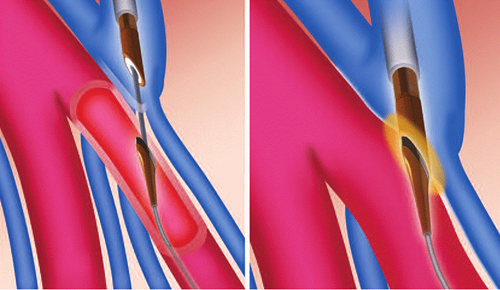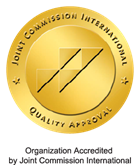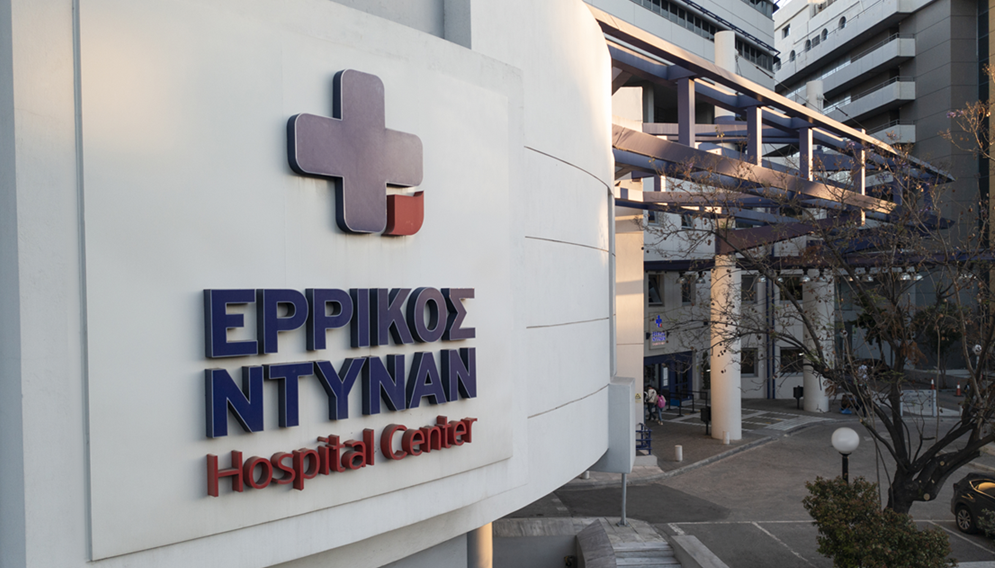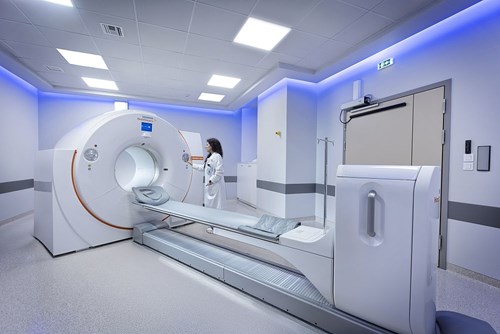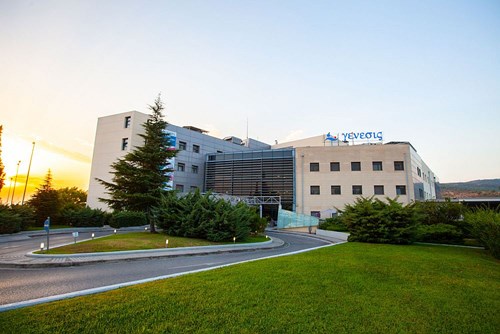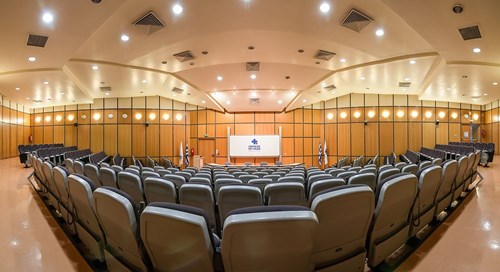An innovative method that radically changes the techniques of vascular access (fistula) and is now being applied in our country by the Henry Dunant Vascular Access Centre opens up new ways for patients entering the dialysis cycle.
This is the minimally invasive Ellipsys technique, which was applied for the first time in South-Eastern Europe and the wider Eastern Mediterranean region by the scientific partner of the Henry Dunant Vascular Access Centre, director of the corresponding center at Saint Joseph Hospital in Paris, Mr. Alexandros Mallios. Contrary to traditional surgical methods, the innovative technique which was applied to a 50-year-old patient from Athens, with excellent results, allows the creation of arteriovenous fistula percutaneously, without a surgical incision, using a catheter (Ellipsys) that connects the vessels using heat fusion. It should be noted that the patient was discharged from the hospital the same day and did not require hospitalization after the procedure.
“Undoubtedly, this is a technique that marks the future. Patients with chronic kidney disease (CKD) need a good quality vascular access (fistula) that can withstand repeated punctures for many years. The traditional way of creating this access for many decades has involved surgery to connect an artery to a vein using surgical sutures. The arteriovenous anastomosis procedure using the Ellipsys system now allows for the creation of a new connection between artery and vein with minimal invasion. This non-surgical procedure offers advantages such as shorter recovery time, less pain and less risk of complications compared to traditional surgical methods,” Mr. Mallios said after the surgery.
Patients undergoing arteriovenous anastomosis with the Ellipsys method can quickly gain access to needed treatment without the usual complications associated with traditional surgical procedures. In particular, the Ellipsys system offers a number of advantages for creating an arteriovenous anastomosis, including:
- It allows for a minimally invasive procedure, eliminating the need for open surgery and reducing tissue trauma.
- It significantly reduces the risk of complications, as it leads, among other things, to faster recovery times, while no material remains inside the body.
- It is accompanied by less post-operative pain for patients and makes the new method suitable for patients with particular sensitivity to surgery, as well as for high-risk patients for whom traditional surgery is contraindicated.
It should be noted that the Henry Dunant Vascular Access Center, emphasizing on innovative methods under the guidance of Mr. Mallios, has recently performed a pioneering procedure for the placement of a VasQ device on a dialysis patient, which is the only one in the world that prevents the formation of stenoses and helps to develop and maintain vascular access. Investing in cutting-edge technology, Henry Dunant also proceeded with the complete modernization of the Nephrology Clinic by installing state-of-the-art dialysis machines (6008 CAREsystem) in all 30 beds of the Kidney Dialysis Unit, upgrading its operation to standards that rival the most modern nephrology centers abroad.